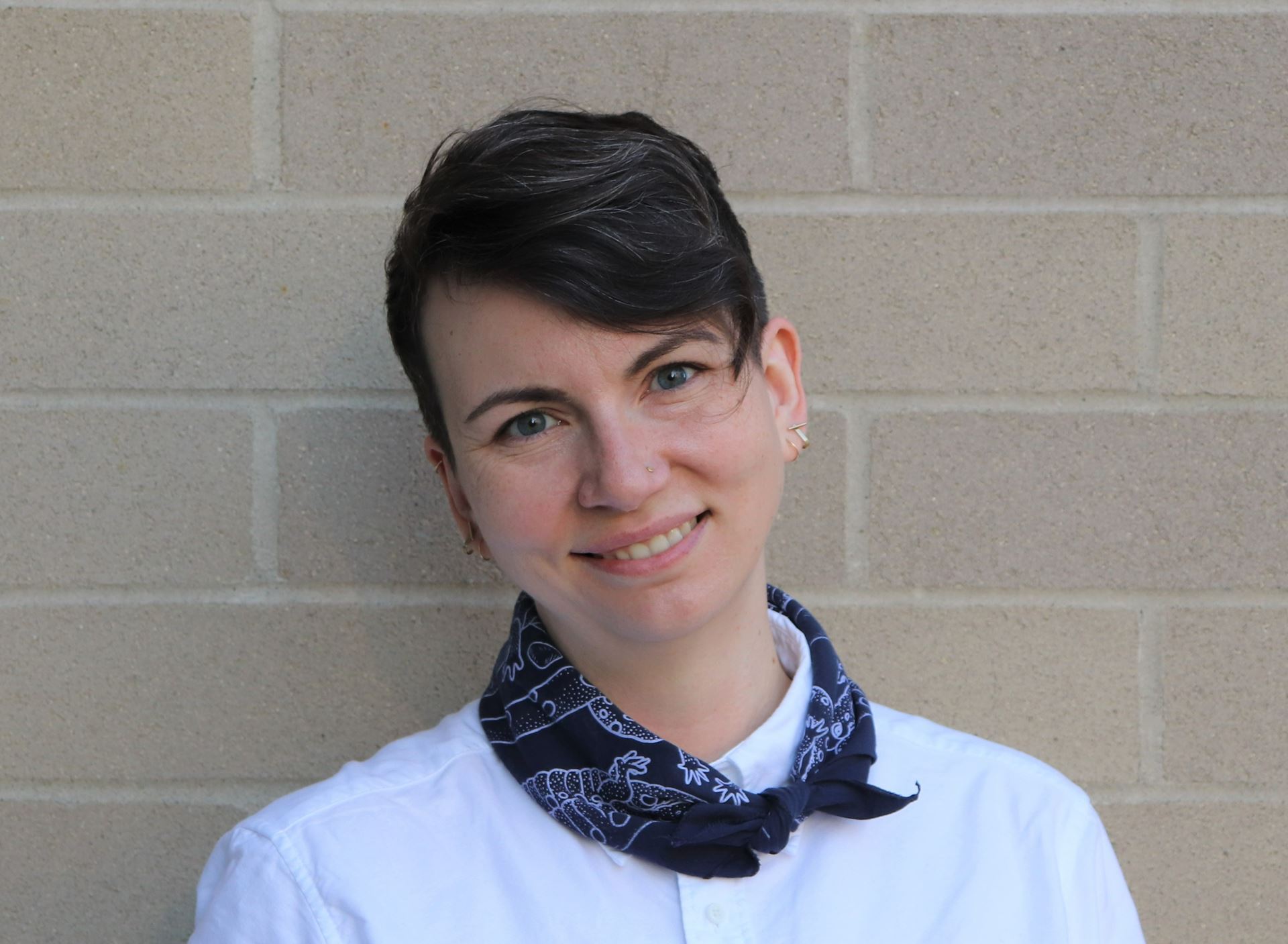What is your name, job title, institution or company, & how long you have been in your current position?
My name is Helenmary Sheridan (she/her). I’ve served as the Data Services Librarian at the University of Pittsburgh’s Health Sciences Library System since January 2018.
3 words that describe you/RDAP
To me, the members of RDAP and the anthropomorphized organization are collaborative, optimistic, and interested in problem-solving. Which is good, because it’s how I would describe myself too!
What motivated you to attend/join/participate in RDAP?
I joined RDAP in fall 2020, but I wish I’d signed up earlier. It had been on my radar for several years, but in 2018-2019 I was still feeling out my new data librarian role (which of course would have been aided by participating) and I wasn’t sure how associations like RDAP, CLIR+DLF, RDA, and informal groups like DataCure all fit together. Then I went on leave in 2020 and came back after three months in lockdown with a tiny screaming infant. I was ready to join all the things. RDAP came first because, I’ve got to be honest, membership was free.
Do you have any roles in RDAP? If so, what do you do and what do you find motivating about your work with RDAP?
I’m on the Resources and Education Committee, and I co-host the RDAP Journal Club. Both are new for me—my committee term started this summer, and we just had the second meeting of journal club v. 2. It’s been enormously rewarding so far for two reasons:
- RDAP is a relatively small organization, so the work any one person does really has an impact. If you have an idea for a program, it can probably happen!
- The work doesn’t pile on. In my experience, everyone understands that we’re volunteering our time because we want to help our colleagues, and no one has tried to exploit that to get unpaid labor (emotional or mental) beyond what we’ve agreed to. There are definitely stakes—since it is a small org, if someone doesn’t do the work they signed up for then it just might not get done—but they’re not “I spent eight hours in a meeting today and I want to crawl into a hole forever” stakes. (I hope that’s the case for the summit planning folks too.)
Describe your path to your current position/profession.
I worked with images in an art history/visual resources context for a long time, beginning in my junior year of college and continuing through grad school. One of my primary projects was creating descriptive metadata for photographs of Tibetan Buddhist art for the Rob Linrothe Image Collection at the Northwestern University Library. These were thousands of photographs taken over decades of fieldwork in Tibet, mainly in the Ladakh and Zangskar regions of India and the Amdo province of China, and in addition to the gorgeous murals and thangkas he photographed, he would also capture landscapes of monasteries set before a glacier, or women working at their looms.
As I assigned descriptive metadata terms to all of these, I got to thinking about “collections as data” and about how these images could be useful to someone outside a strict art historical setting. We had photographs showing the same landscape over thirty years; could that interest someone studying climate change or urbanization in the Himalayas? What about the variety of looms? I could find very little in the literature about them; could that be evidence for an archaeologist or a textile historian? And if so, how could I make these images—these data—more findable to those sorts of “off-label” uses? So even before I began the data curation specialization in my MLIS program, I began orienting myself around data.
What is a current project you’re working on that you’re excited about?
I recently joined the project team for the MIDAS Online Portal for COVID-19 Modeling Research as an adviser for metadata and making data FAIR, with a particular focus on the MIDAS Catalog. This catalog brings together and describes hundreds of datasets, dashboards, and software packages related to tracking and forecasting COVID-19, which in their natural state all float around the web with various levels of findability and documentation. The data curators for this project are doing a lot of hard work creating metadata for these resources, so our team is looking at creating recommendations and “starter kits” to help researchers in the MIDAS network and the broader infectious disease modeling community make their data and code more FAIR from the start.